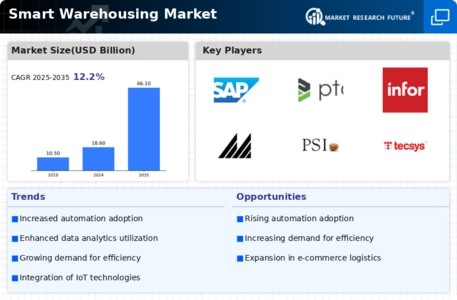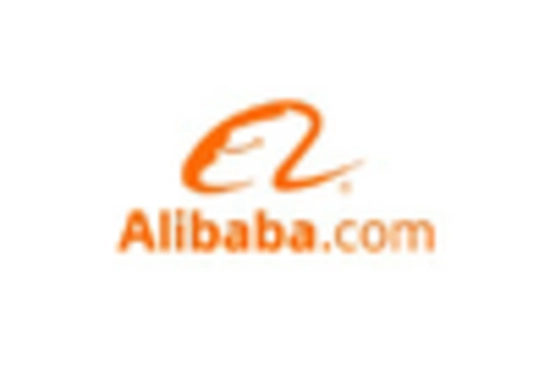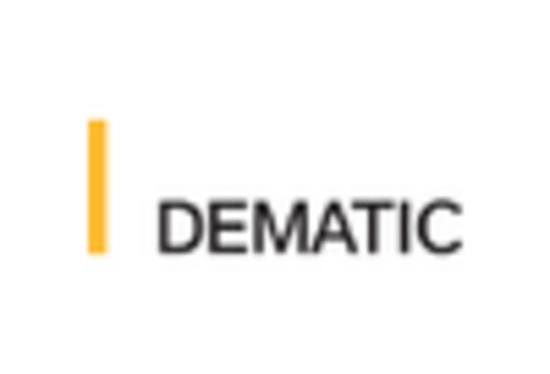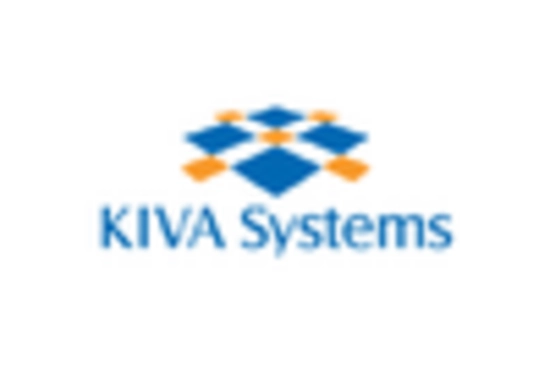Market Share
Smart Warehousing Market Share Analysis
In the competitive landscape of the Smart Warehousing market, companies employ various market share positioning strategies to establish themselves as leaders and gain a competitive edge. One common strategy is differentiation, where companies offer unique features, services, or value propositions to distinguish themselves from competitors. For example, a company might specialize in providing highly customizable smart warehousing solutions tailored to specific industry verticals or customer needs. By offering differentiated offerings, companies can attract customers looking for specific capabilities or advantages not available from other providers.
Another key strategy is cost leadership, where companies focus on optimizing efficiency and reducing costs to offer competitive pricing to customers. This may involve leveraging economies of scale, investing in automation technologies to improve productivity, or implementing lean manufacturing principles to minimize waste and streamline operations. By offering cost-effective solutions, companies can appeal to price-conscious customers and capture market share from competitors who may not be able to match their pricing.
Additionally, companies may pursue a niche market strategy, where they target a specific segment of the market with specialized offerings tailored to the unique needs or preferences of that segment. For example, a company might focus on serving small and medium-sized businesses (SMBs) with affordable, easy-to-implement smart warehousing solutions designed for their scale and budget. By concentrating on a niche market, companies can position themselves as experts in that particular segment and build strong relationships with customers who value their specialized expertise.
Furthermore, companies may engage in strategic partnerships and alliances to enhance their market share positioning. By collaborating with other companies, such as technology providers, logistics partners, or industry associations, companies can leverage complementary strengths and resources to offer more comprehensive solutions to customers. For example, a smart warehousing provider might partner with a robotics company to integrate robotic automation solutions into their warehouse management systems, providing customers with advanced capabilities and greater efficiency.
Moreover, companies may focus on building brand recognition and reputation to strengthen their market share positioning. By investing in marketing and branding initiatives, companies can raise awareness of their products and services, establish themselves as trusted industry leaders, and cultivate a loyal customer base. This may involve participating in industry events and conferences, sponsoring relevant publications or online communities, or engaging in social media and content marketing efforts to showcase their expertise and thought leadership.
Additionally, companies may adopt a customer-centric approach to their market share positioning strategy, prioritizing customer satisfaction and loyalty to drive growth and retention. By understanding the needs and preferences of their target customers, companies can tailor their offerings and service delivery to exceed customer expectations and build long-term relationships. This may involve providing exceptional customer support, offering flexible pricing and payment options, or continuously innovating and upgrading their products and services based on customer feedback and market trends.
















Leave a Comment